African American History Monument
Introduction
Text-to-speech Audio
Images
The front of the African American History Monument.
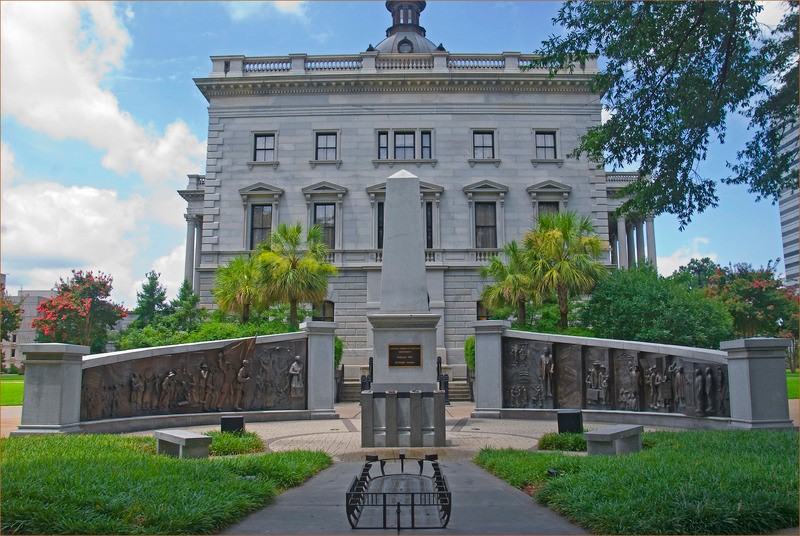
The back of the African American History Monument.
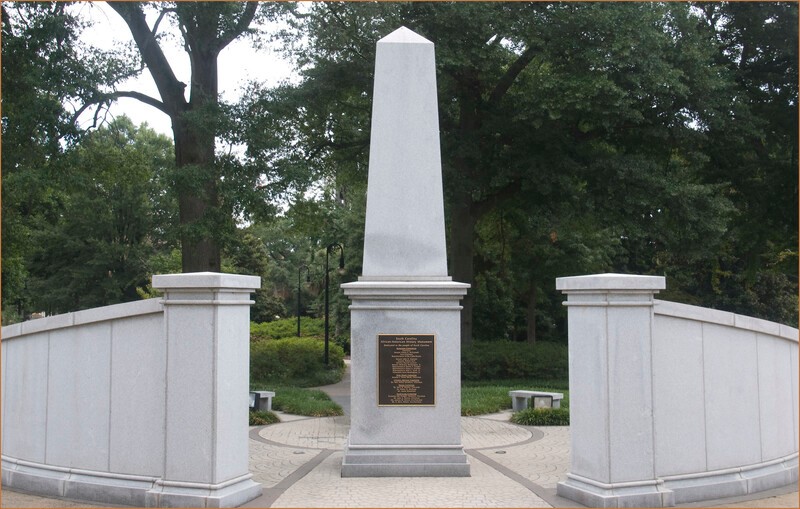
Scenes of Black history depicted on the bronze panels.
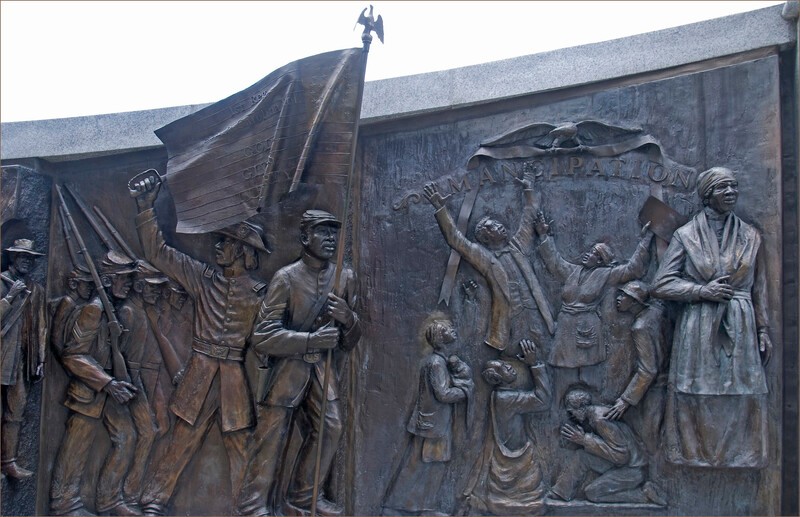
Depiction of the slave ship Brookes, representing the Middle Passage.
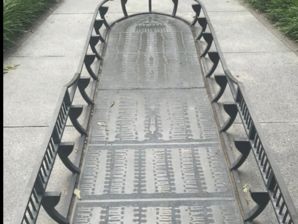
Plaque on the front of the monument.
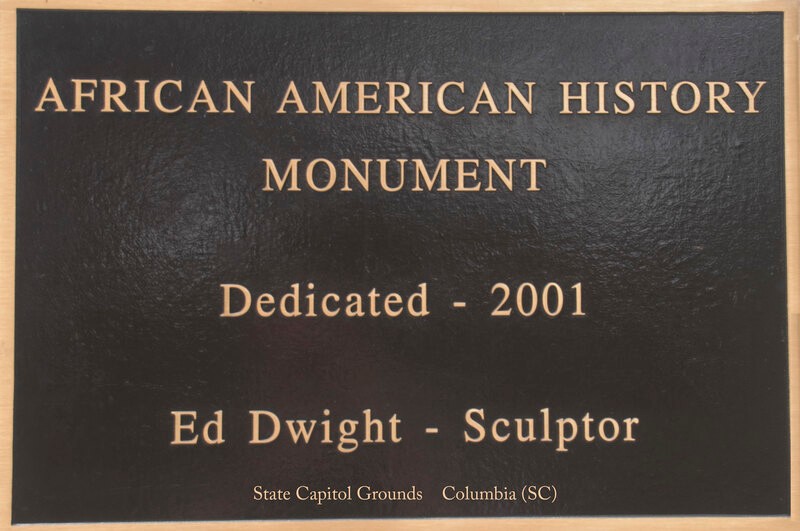
Plaque on the back of the monument.
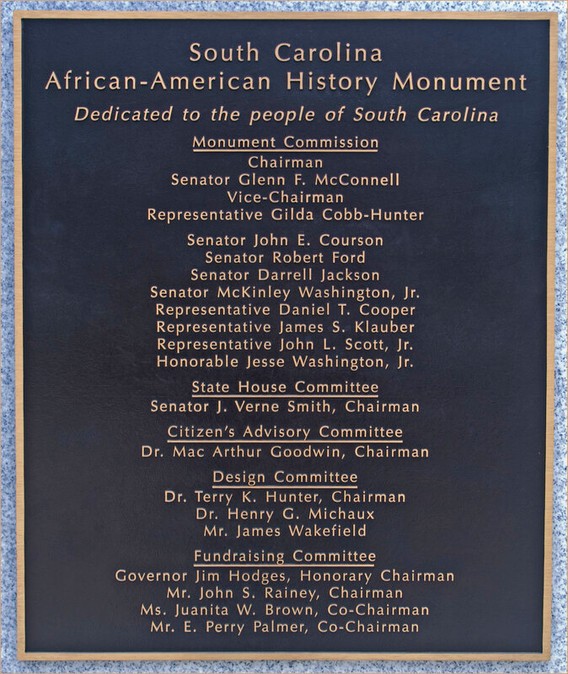
Backstory and Context
Text-to-speech Audio
The African American History Monument in Columbia, South Carolina, was erected in 2001 and is the first of its kind on any statehouse grounds in the United States, depicting over 300 years of Black history. The first proposal for the monument was written by Republican State Senator John Courson in 1994 as part of the state's "Heritage Act," which was intended by its sponsors to offer a compromise related to the use of Confederate imagery at the state capitol. The process of approving this law and then later building the monument took seven years. Although the initial proposal passed in the Senate, the measure failed in the House. Two years later, the Senate once again passed a bill for the creation of a monument, but the House did not consider the bill.
Plans for the design of the monument were finally set into motion via two state senators, African American Democrat Darrell Jackson, and white Republican Glenn McConnell. Together, they tied the bill to an economic development proposal favored by Governor Beasley, who then called the legislature into a special session in which the House passed both bills. Once the monument was approved, a legislative commission was formed to oversee the design and fundraising, which raised $1.2 million in private donations. The commission was assisted by public residents on the volunteer Citizens’ Advisory Committee, chaired by art educator Mac Arthur Goodwin, as well as the South Carolina Arts Commission. After over 40 artists submitted proposals to design the monument, sculptor Ed Dwight of Colorado was chosen to carry out his plans.
Construction on the African American History Monument, however, did not begin immediately. Under Chairman of the Monument Commission, then-Senator Glenn McConnell, and Vice Chairman Representative Gilda Cobb-Hunter, members’ views varied on how to proceed. Arguments arose concerning the content of some of the monument’s panels, which were originally meant to depict controversial figures in history. Some examples included hooded Klansmen, Black men being lynched, and Denmark Vessey, the leader of a deadly revolt by enslaved persons in 1822. In response to concerns from a variety of groups, the monument was carefully crafted to depict historic events, but not include specific people. Rather than graphic images depicting the violence that of enslavement and lynching, words were used to describing those histories in hopes of acknowledging this past while making the monument more accessible to families with small children. On March 29, 2001, a dedication ceremony for the monument was attended by four hundred people.
The African American History Monument is 25 feet long and two stories high, constructed of gray granite walls inlaid with 12 bronze panels. The panels are in chronological order, beginning in 1619 and spanning to the present day. Scenes depict a family on an auction block, enslaved people working in a rice field, a celebration of the Emancipation Proclamation, the Jim Crow era, the Northern migration, and images of Black men and women pioneering modern fields such as engineering, law, education, sports, politics, and space exploration. The semi-circular shape, according to the sculptor, Dwight, is meant to represent an African American village. The monument also contains an obelisk, with its form said to have originated in Africa. At the base are four rubbing stones from African regions in which enslaved people were captured: Sierra Leone, the Republic of Congo, Senegal, and Ghana. Additionally, a terrazzo engraving on the ground represents the Middle Passage in the slave ship Brookes, which began appearing in abolitionist literature in the 1780s, with human bodies packed into it. Until 2005 and 2006 with the constructions of the South Carolina Armed Forces Monument and South Carolina Law Enforcement Memorial, the African American History Monument was the largest monument on State House grounds.
Sources
- African American History Monument, Historic Columbia. Accessed November 11th 2020. https://www.historiccolumbia.org/online-tours/state-house-monuments-tour/african-american-history-monument.
- African-American History Monument, Discover South Carolina. Accessed November 11th 2020. https://discoversouthcarolina.com/products/3783.
- African-American Monument, SC Picture Project. Accessed November 11th 2020. https://www.scpictureproject.org/richland-county/african-american-monument.html.
- South Carolina African American history memorial, Migration Memorials Project. Accessed November 11th 2020. https://migrationmemorials.trinity.duke.edu/items/south-carolina-african-american-history-memorial.
- The African-American Monument, University of South Carolina. Accessed November 11th 2020. https://polisci.usca.edu/aasc/African-AmericanMonument.htm.
- CONTEMPORARY MONUMENTS TO THE SLAVE PAST, Slavery Monuments. Accessed November 11th 2020. https://www.slaverymonuments.org/items/show/1133.
https://www.slaverymonuments.org/items/show/1133
https://www.slaverymonuments.org/items/show/1133
https://www.slaverymonuments.org/items/show/1133
https://migrationmemorials.trinity.duke.edu/items/south-carolina-african-american-history-memorial
https://www.slaverymonuments.org/items/show/1133
https://www.slaverymonuments.org/items/show/1133
